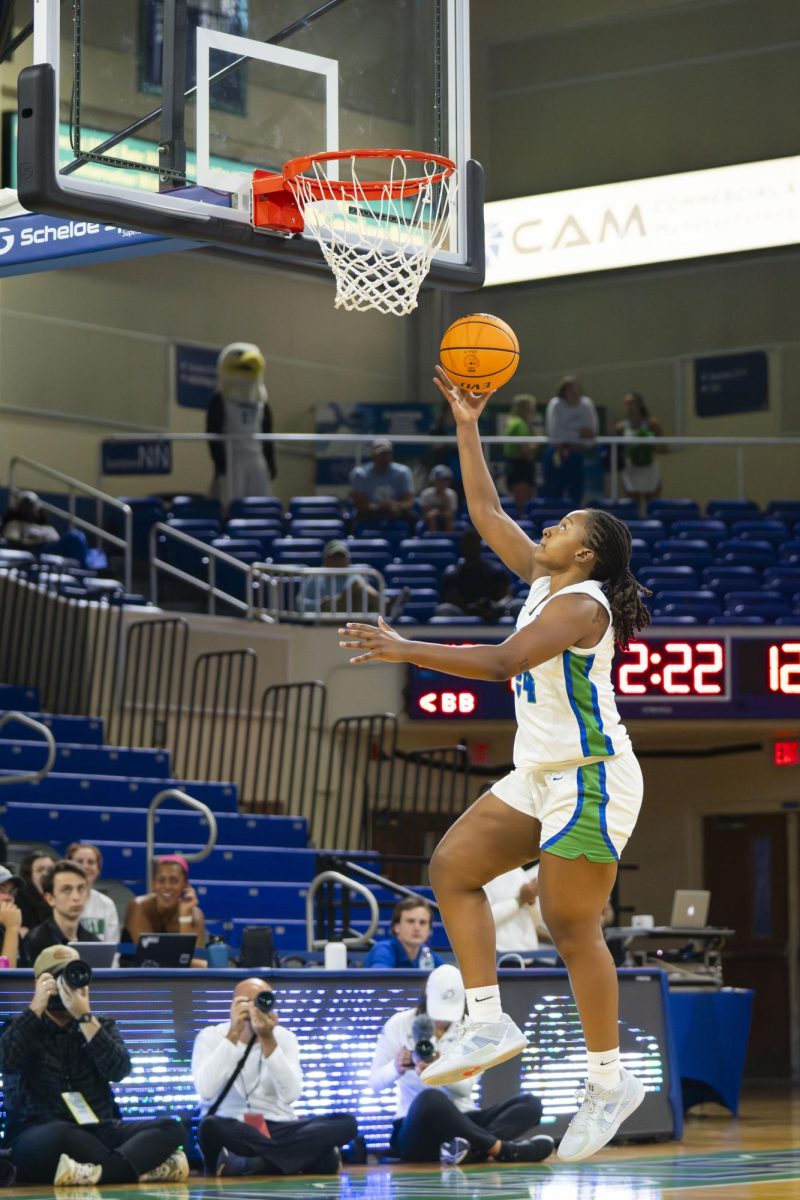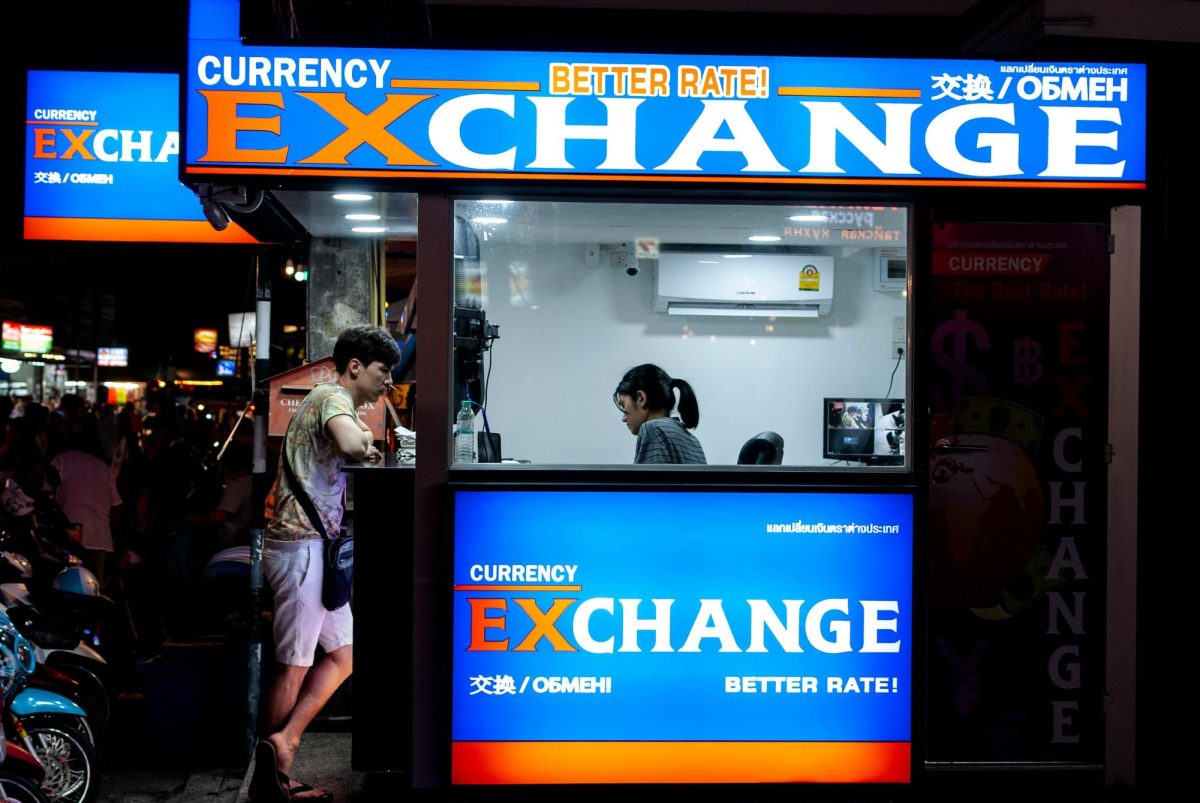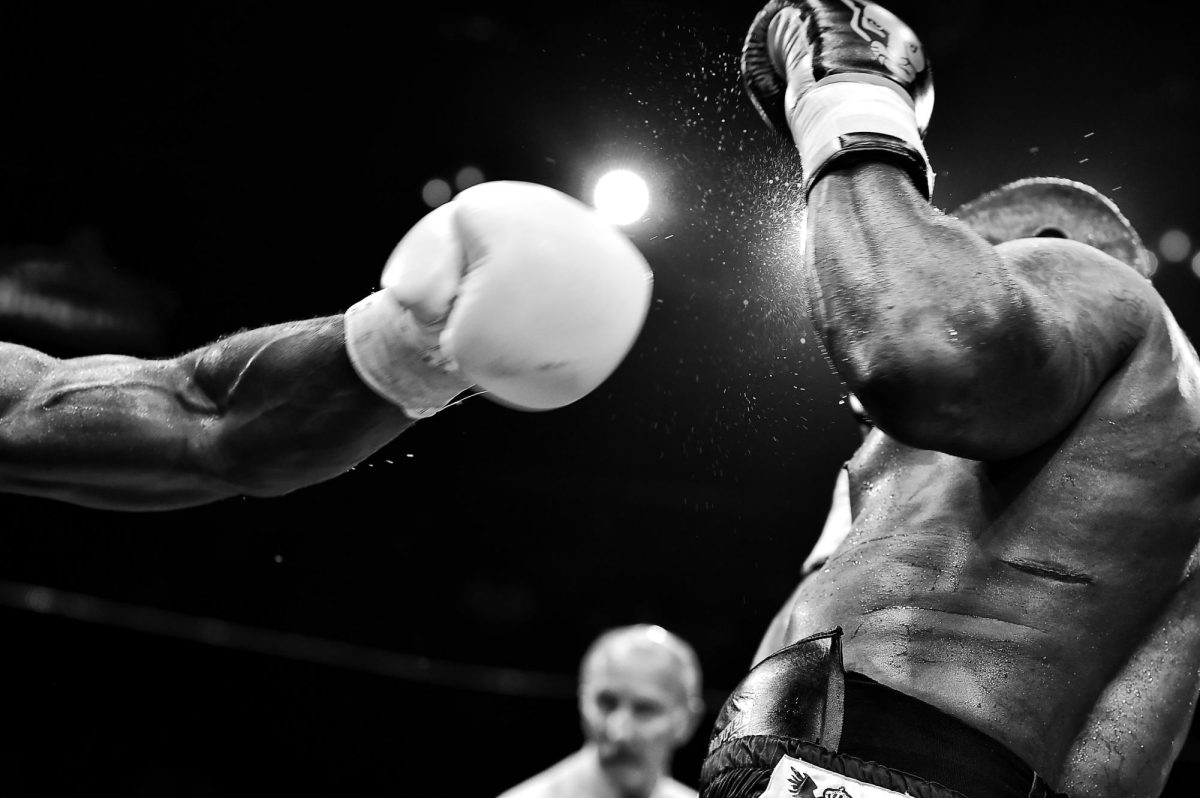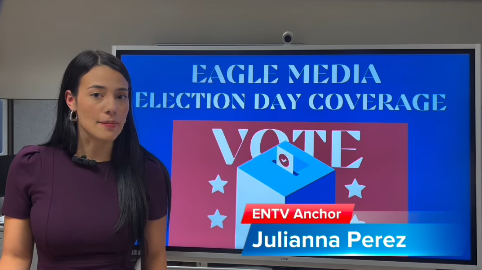Voter fraud is at the forefront of this year’s election, with Donald Trump’s claims of rigged election resonating with a lot of skeptical voters. This claim has been found to be false according to Politifact.
However, this isn’t the only time voter suppression was seen as an issue. In fact, laws and regulation to prevent fraud have only improved throughout U.S. history.
But even if we’ve come a long way from Jim Crow era or women’s suffrage, there are still crushingly effective strategies to prevent targeted groups from voting.
One strategy suggested by the Trump campaign involves a militia of self-enlisted “poll watchers.”
Historically, people have murdered troves of voters over civil rights issues, or simply because they didn’t want people to vote a certain way.
The Opelousas massacre in 1868 occurred because black voters wanted to join a Democratic voters club, whose members included KKK members. Hundreds of black voters were killed over their desire to switch parties.
Republican writer Emerson Bentley wrote in the local paper that blacks should remain loyal to the Republican Party.
Felon disenfranchisement is also a way to keep lower income citizens or minorities from voting.
There are many state-specific laws barring past convicted felons from voting. Though defenders of these laws claim it has nothing to do with race, nearly 2.2 million of the 6 million convicted felons in the U.S. are black.
This isn’t helped by the fact that Republican officials move fast in states like Florida and Virginia to reinstate these felony voter laws.
Probably the most effective way to suppress turnout at the polls and most frustrating today is the implementation of voter ID laws. Although the impact of these laws is still unclear, the intentions remain in the pockets of mostly Republicans.
These laws bar minority and student voters who are less likely to have government-issued IDs on hand to vote. States that have strict voter ID laws require a driver’s license, a recent proof of address and little short of a birth certificate.
False advertising is another way certain parties will try to swing votes. If you’ve ever gotten seemingly untrue ads in the mail claiming extreme acts from a certain party, you know this too well.
Though not illegal, flyers with erroneous information are deemed ineffective according to voting law expert Rick Hasen.
“Many of these Republican attempts to suppress the vote backfire and actually may help Democrats get out the vote,” Hasen wrote in an article for Salon.
“Consider the “No Votes!” ads run by a Republican front group “Latinos for Reform.” The Spanish-language ads urged Latinos not to vote in the closely contested U.S. Senate race in Nevada between incumbent Harry Reid and his Republican challenger Sharron Angle.
The claim was that Democrats did not deserve the Latino vote because the party had not done enough for immigration reform, even though the head of “Latinos for Reform,” former RNC official Robert de Posada, opposed the immigration reforms favored by Democrats.
Whether illegal or not, there are forms of voter fraud in every state that could detrimentally effect the election, but this year hasn’t been the only one with fears of voter intimidation.
The Brexit in the UK was arguably a result of voter misinformation, and a chilling example of what can happen to a country or union swayed by forms of voter fraud.






















